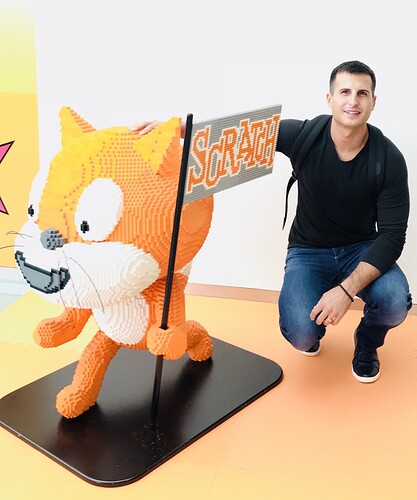In the ever-evolving world of education, integrating creativity and collaboration into our teaching methods is crucial. That’s why I’m excited to share how Mitchel Resnick’s 4 Ps of Creative Learning—Projects, Passion, Peers, and Play—can transform your classroom!
I have seen firsthand how these principles ignite innovation and teamwork. Whether it’s designing complex robots, troubleshooting in groups, or exploring new solutions, the 4 Ps model brings out the best in students. Read More Below
In the world of creative learning, the 4 Ps—Projects, Passion, Play, and Peers—fit perfectly with VEX Robotics. By combining building, wiring, and programming, VEX Robotics offers students a hands-on way to dive into STEM concepts. This method not only grabs students’ attention but also highlights the power of constructionism. The beauty of constructionism and the 4 Ps is that they focus on learning through active, project-based exploration. Students tackle real problems driven by their passions and collaborate with peers, making the learning experience both engaging and deeply connected to real-world applications.
Building robots requires understanding mechanics, electronics, sensors, and coding software, all while solving real-world problems. This interconnected approach shows how dynamic and meaningful learning can be.
I recently chatted with my friend Gary Stager about the crucial role of computation in STEM education and the need to get this message across more clearly. We agreed that integrating hands-on projects, problem-solving, and passion-driven learning can truly elevate STEM experiences. His idea that “STEM without computation is arts & crafts” captures an important point: without a focus on computational skills, STEM activities risk becoming superficial. Coding, data analysis, and tech-based problem-solving give STEM its depth and real-world relevance. Without them, activities might just feel like basic crafting rather than genuine scientific exploration.
So, how can we better weave computational skills into STEM projects to make them both engaging and impactful? I’d love to hear your thoughts on how we can make this crucial aspect of STEM education even stronger!

